Basics of Payroll Accounting
-
What Is Payroll?
-
Key Components of Payroll Accounting
-
Payroll Journal Entry Example
-
Why Payroll Accounting Matters
Basics of Payroll Accounting
Payroll accounting refers to the process of calculating and recording
everything involved in paying employees. According to accounting standards:
“Payroll accounting involves tracking employee compensation, withholding taxes and deductions, and recording related employer expenses.”
In simpler terms, it’s all about making sure your employees get paid correctly—and that your books show where every penny went.
“Payroll accounting involves tracking employee compensation, withholding taxes and deductions, and recording related employer expenses.”
In simpler terms, it’s all about making sure your employees get paid correctly—and that your books show where every penny went.
1. What Is Payroll?
Payroll is
the total amount a business pays to its employees for their work. It includes gross wages or salaries, which
are the amounts earned before any deductions, along with bonuses or overtime pay. From this total,
various deductions are made, such as
taxes, retirement contributions, and insurance premiums. What remains after
these deductions is the net pay—the
actual amount the employee takes home. In addition to employee payments,
payroll also covers what the employer owes,
such as their share of payroll taxes or contributions to employee benefits.
2. Key Components of Payroll Accounting
There
are a few main parts to payroll accounting that every business needs to
understand. First are the earnings,
which represent what the employee earns through hourly wages, salaries,
commissions, or bonuses. Then come the deductions,
which include income tax, social security, retirement contributions, and health
insurance—amounts subtracted from the employee’s pay. Employer expenses are the extra
costs covered by the employer, such as their share of payroll taxes or
contributions to benefits. Lastly, there are payroll
liabilities—these are amounts the business owes but hasn’t paid
yet, like withheld taxes that must be sent to the government. Each of these
components must be recorded accurately in your accounting system to ensure
compliance and keep everything organized.
3. Payroll Journal Entry Example
Let’s say you pay an employee a
gross salary of $3,000. From this amount, you deduct $300 in taxes, which means
the employee’s net pay is $2,700. In your accounting records, the journal entry
would be: debit Salaries Expense for $3,000, credit Tax Payable for
$300, and credit Cash for $2,700. This entry shows the full salary
as a business expense, records the withheld tax as a liability to be paid
later, and reflects the actual cash amount paid to the employee.
4. Why Payroll Accounting Matters
Payroll is
one of the most sensitive parts of accounting. Employees expect to be paid
correctly and on time, and the government expects accurate tax reporting.
Mistakes in payroll can lead to fines, unhappy staff, or even legal issues.
That’s why proper payroll accounting is critical to a
smooth-running business.
Key
Takeaways
✅
Payroll accounting tracks employee earnings, deductions, and employer costs
✅ Gross pay, net pay, taxes, and liabilities must be recorded correctly
✅ Journal entries show both what’s paid to employees and what’s owed to others
✅ Accurate payroll builds trust and ensures compliance with tax laws
✅ Even small payroll mistakes can lead to big problems—accuracy is key!
✅ Gross pay, net pay, taxes, and liabilities must be recorded correctly
✅ Journal entries show both what’s paid to employees and what’s owed to others
✅ Accurate payroll builds trust and ensures compliance with tax laws
✅ Even small payroll mistakes can lead to big problems—accuracy is key!
Write your awesome label here.
Access all Accounting and Bookkeeping Courses from One Portal.
Mastering Bookkeeping and Accounting
MBA simplifies accounting, ledger management, account balancing and financial statement preparation.
QuickBooks Online For Bookkeepers
From Beginner to Expert: Master QuickBooks Online. Effortlessly Navigate, Analyze Transactions, and Unlock its Full Potential.
Xero Accounting For Bookkeepers
Learn how to use Xero, the leading online accounting software to perform most of the essential bookkeeping tasks.
ChatGpt for Bookkeepers and Accountants
Learn how to use the ChatGPT prompt toolkit to simplify daily accounting tasks for accountants and bookkeepers instantly.
Subscribe to our newsletter
Stay informed with the latest accounting tips, tools, and updates from Accountutor right in your email inbox.
Thank you!
Policy Pages
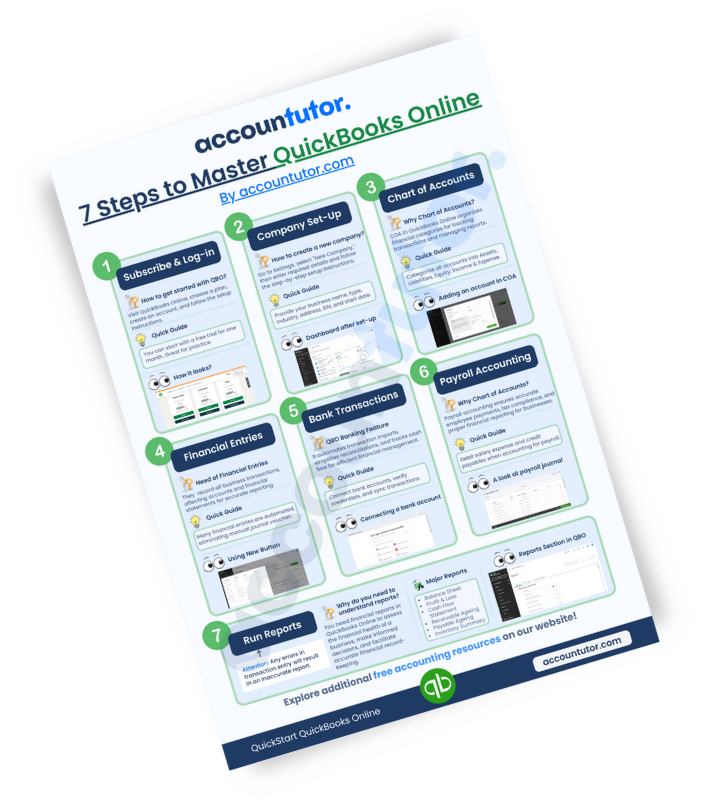
Download QuickBooks Online PDF Guide
Thank you!
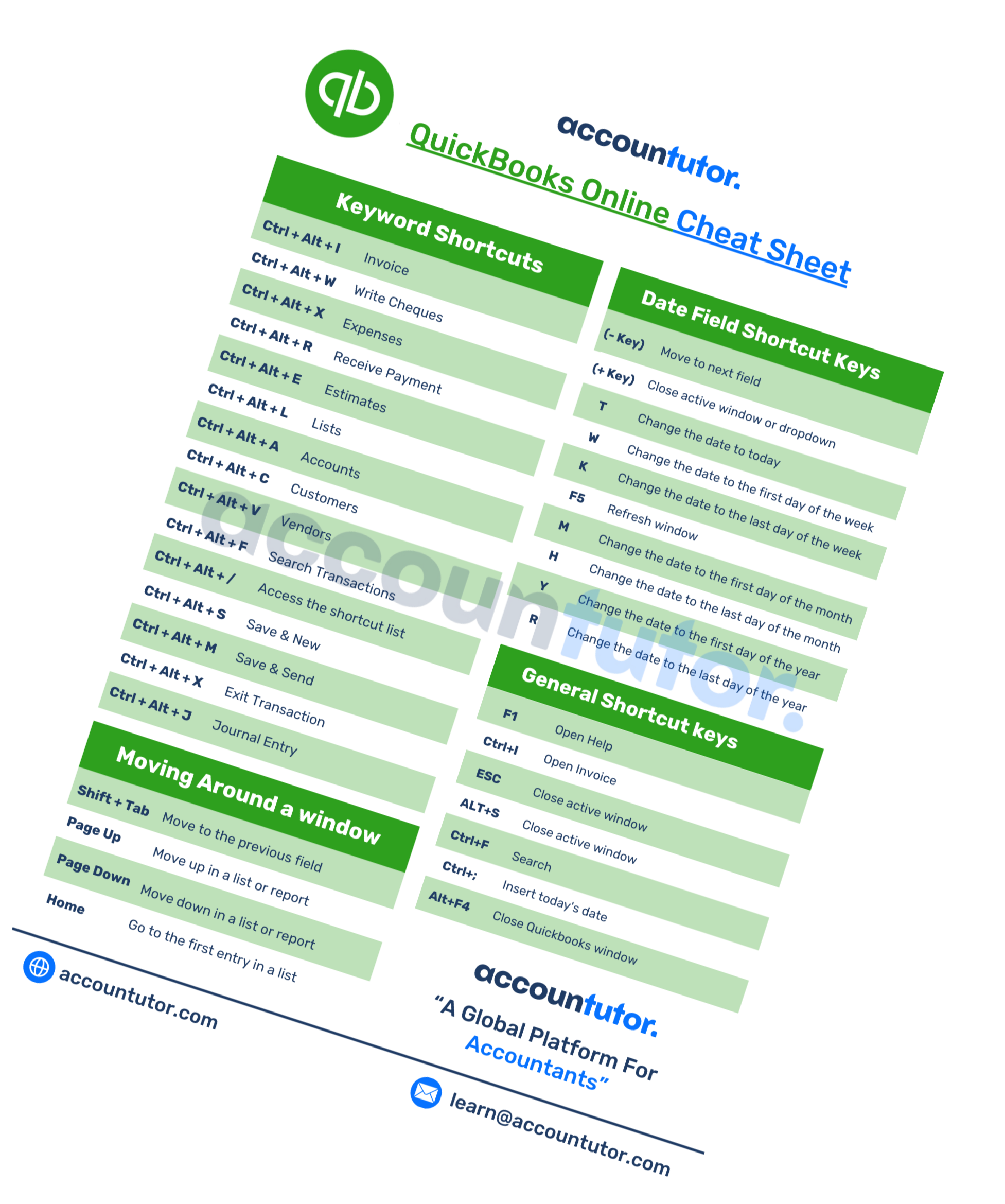
Download QuickBooks Online Cheat Sheet
Thank you!

Download ABCD of Accounting
Thank you!
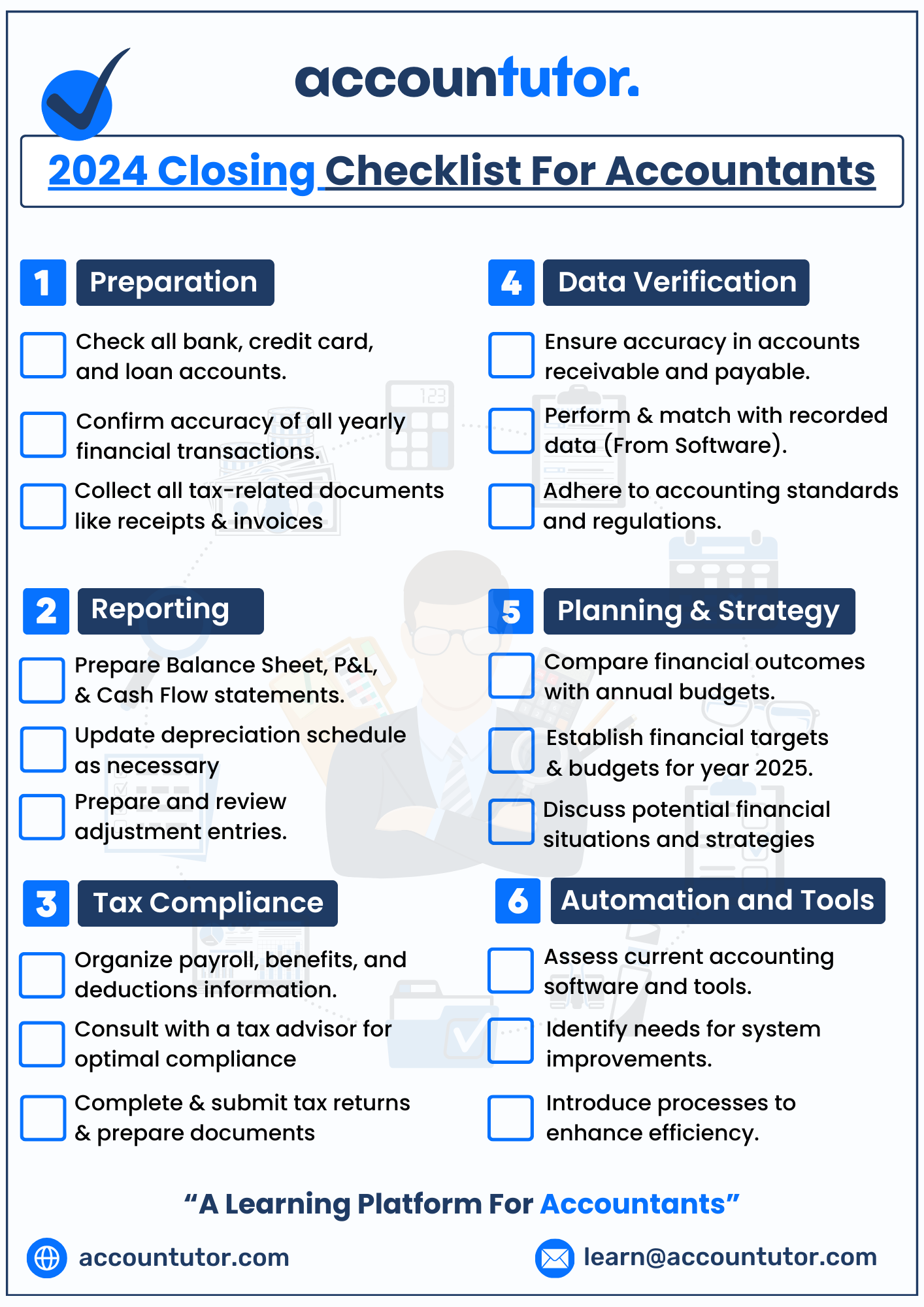
Download Checklist 2024
Thank you!
Register For Free!
Thank you!
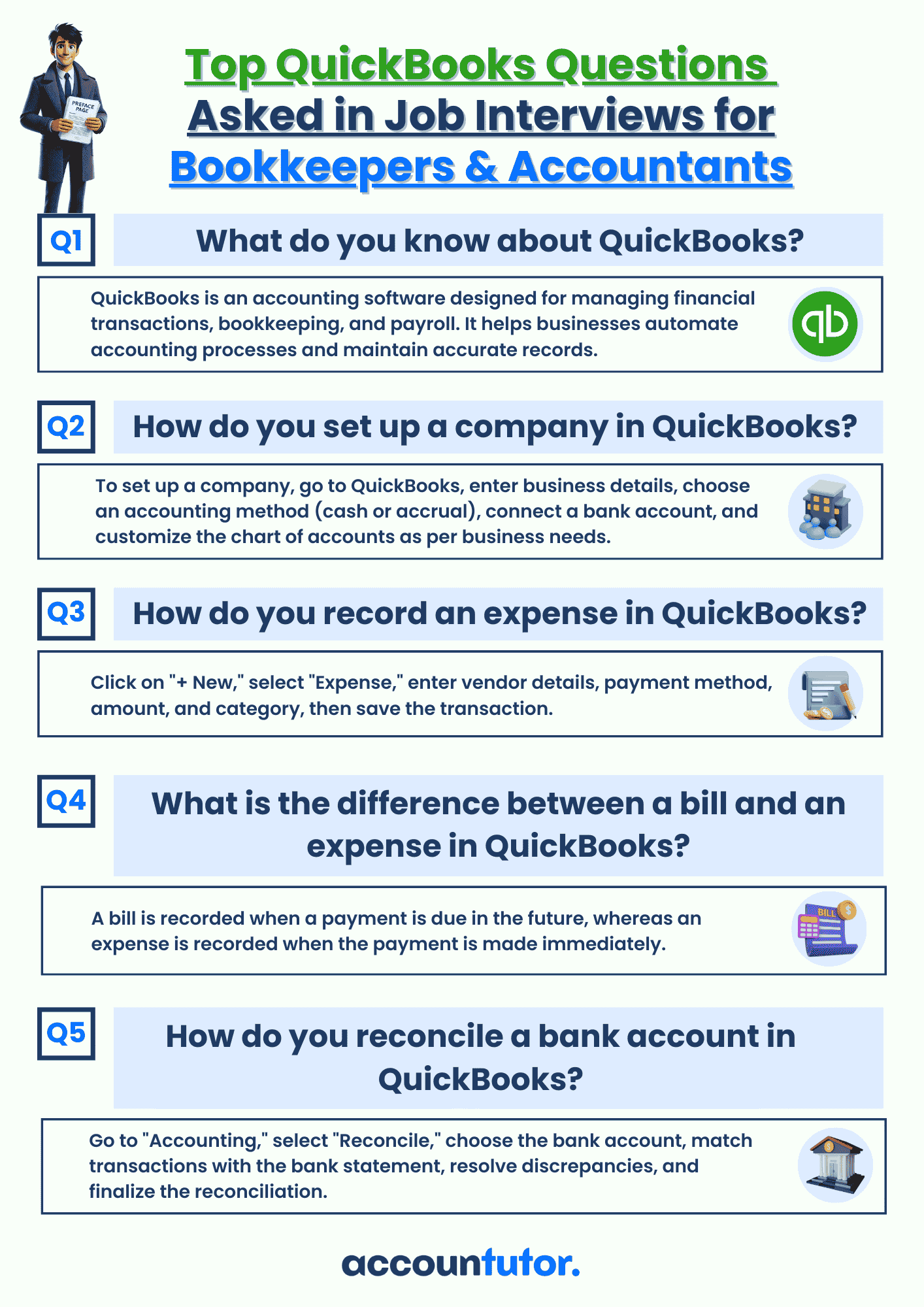
Download Interview Questions
Thank you!
Register for this webinar: How to Master QuickBooks Online— Without Feeling Overwhelmed
7th JUNE 2025 | 8:00 AM PST | 11:00 AM EST
Thank you! The joining link will be sent to your email shortly!
Webinar joining link will be sent to your email address.
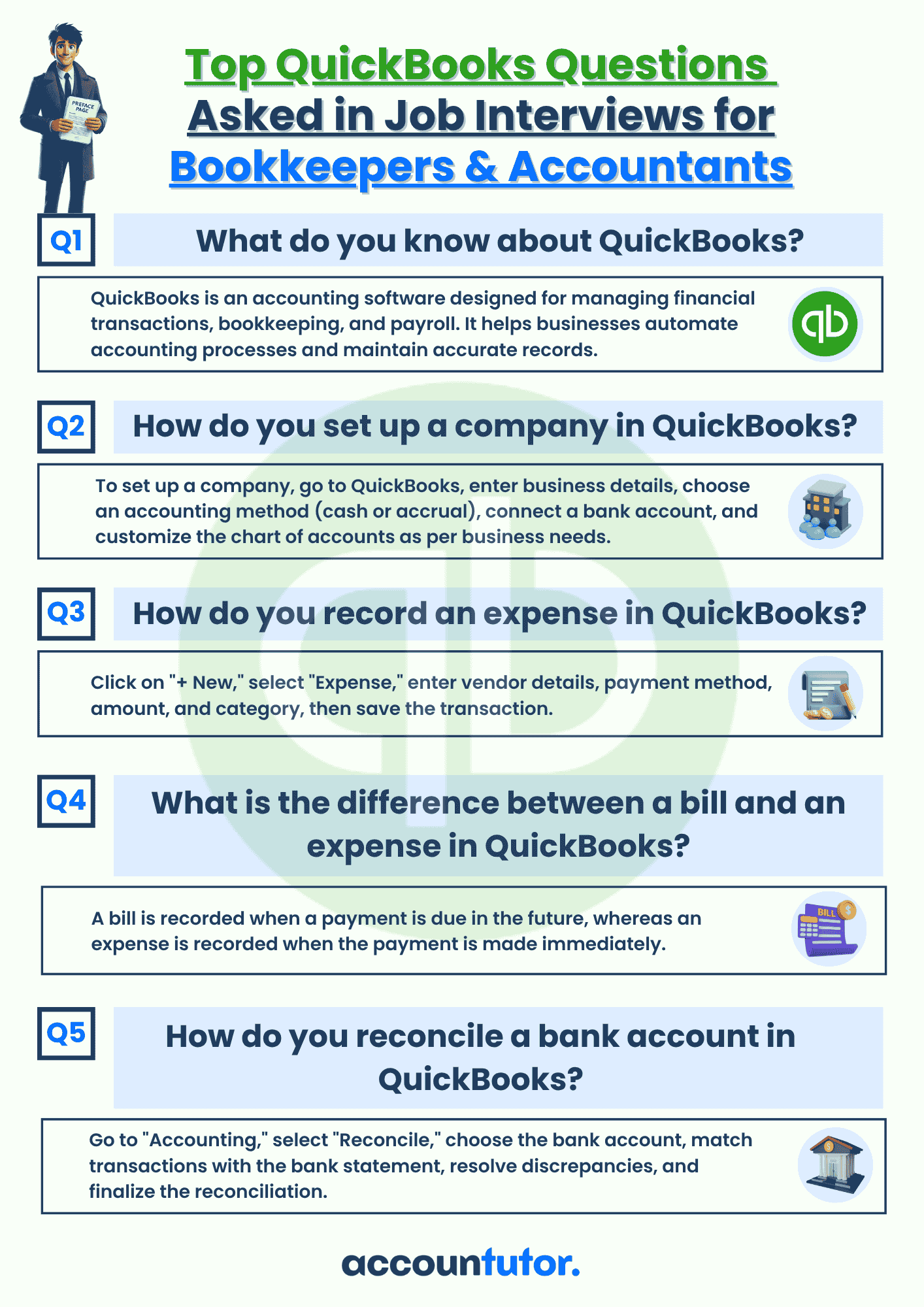
Download QBO Job Interview Questions and Answers PDF
Thank you!
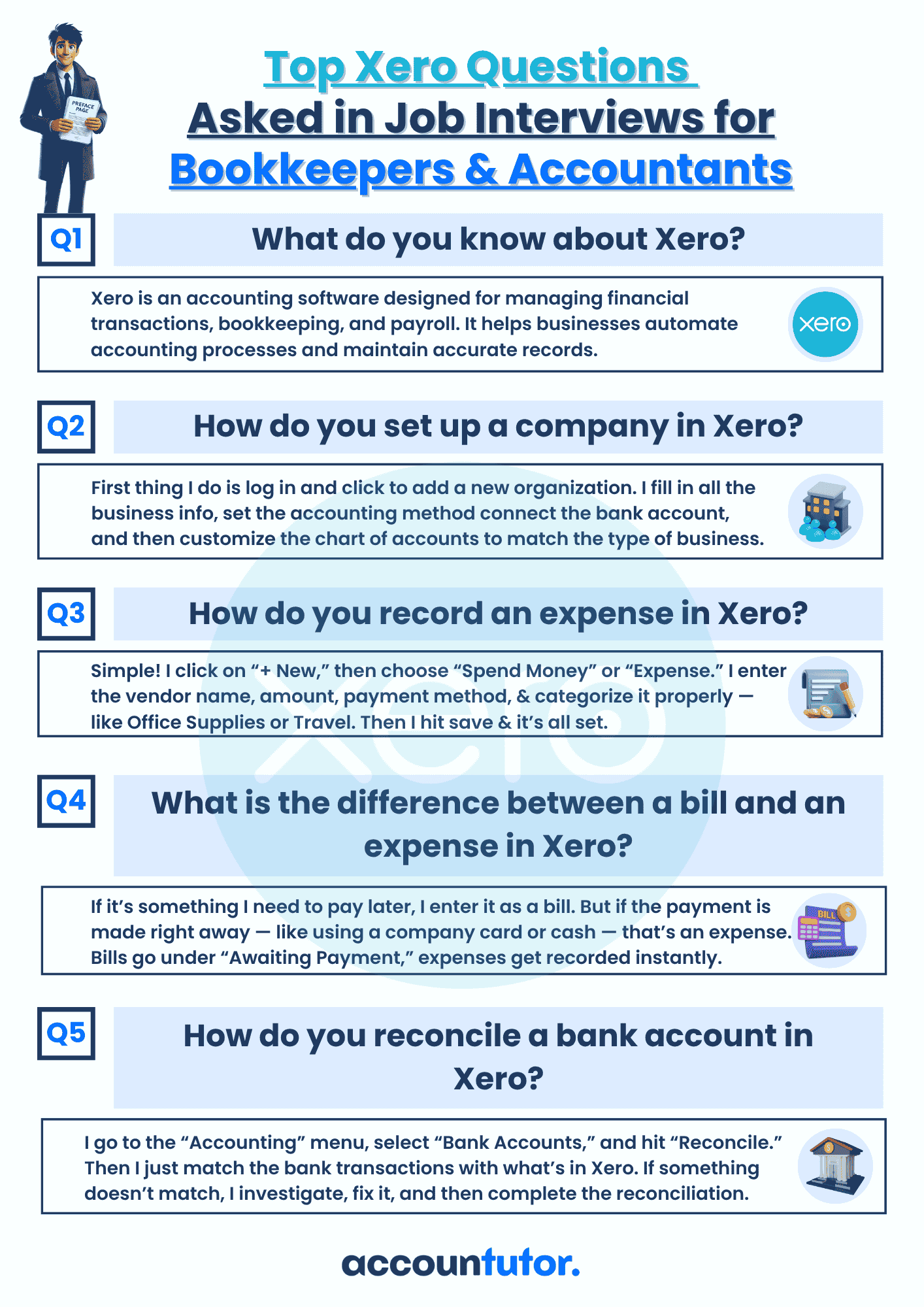
Download Interview Questions
Thank you!

Download 50 Interview Questions For Bookkeepers
Thank you!

Download QuickBooks Online Guidebook
Thank you!

